Get instant homework help from our AI tutors
Need assistance with your studies? Get video and step-by-step solutions for many subjects
Select a course
 Clear Step-by-Step HelpUnlock your potential with our AI tutor: step-by-step guidance, easy problem-solving, and personalized support for success.
Clear Step-by-Step HelpUnlock your potential with our AI tutor: step-by-step guidance, easy problem-solving, and personalized support for success. Master Concepts with VideosMaster coursework easily with interactive videos that simplify tough topics, ensuring clear understanding and boosting exam confidence.
Master Concepts with VideosMaster coursework easily with interactive videos that simplify tough topics, ensuring clear understanding and boosting exam confidence.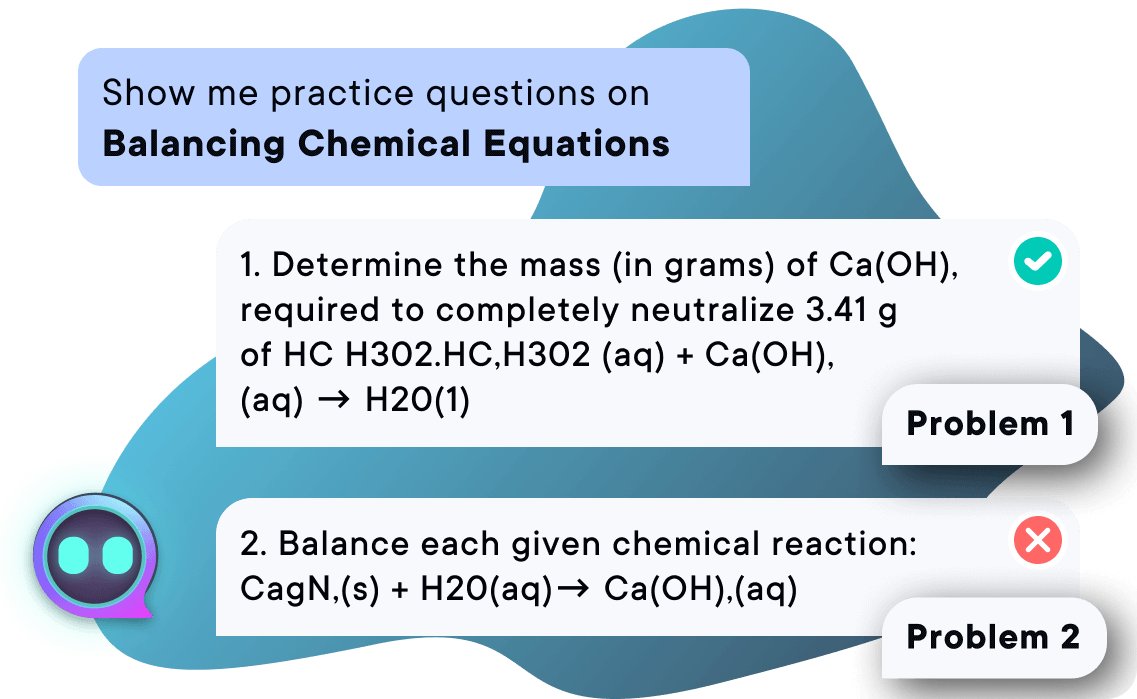 Extra Practice for Every QuestionAsk a question, and our AI provides detailed video solutions and similar examples to deepen understanding and build success!
Extra Practice for Every QuestionAsk a question, and our AI provides detailed video solutions and similar examples to deepen understanding and build success!Explore AI Tools for different courses
All (25)
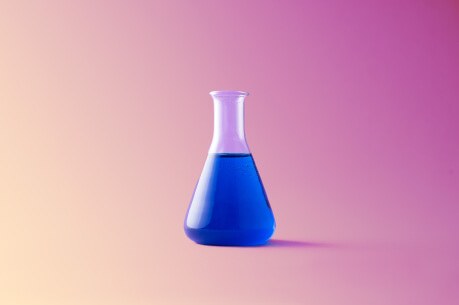
- Balance each given chemical reaction: Ca3N2(s) + H2O(aq) → Ca(OH)2(aq) + NH3(g)
- Identify if the statement below is true: There are 6 protons and 6 neutrons in the nucleus of a carbon-12 atom that are held by strong intermolecular forces
- What is the empirical and molecular formula of a compound with a molar mass of 180 g/mol, consisting of 40% carbon, 6.7% hydrogen, and the rest being oxygen?
- How can we determine the empirical and molecular formulas for a compound with a molar mass of 180 g/mol, comprising 40% carbon, 6.7% hydrogen, and the remaining portion as oxygen?
- How do atoms come together to create molecules, and what pivotal role do chemical bonds play in this intricate process?

- A small helicopter travels 225 m across a city in a direction 53.1° south of east. What are the components of the helicopter's trip?
- At point A, a hiker is 10m east from the origin. After 35s, the hiker arrives at point B 40m at 60° north of east from the origin. Calculate the magnitude and direction of the hiker's displacement.
- A 500 kg car is parked on a hill with a 5° slope. What is the magnitude of the friction force acting on the car?
- Convert 2.5m3 to cm3
- A rifle with a barrel length of 60 cm fires a 10 g bullet with a horizontal speed of 400 m/s. The bullet strikes a block of wood and penetrates to a depth of 12 cm. b. How long does it take the bullet to come to rest?
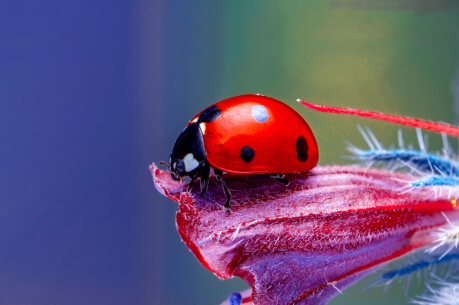
- What is the reason carbon atoms are the most versatile building blocks of the molecules used by living organisms?
- What is the process by which monomers are linked together to form polymers?
- When a protein is denatured, why does it lose its functionality?
- Which domains of life are classified as prokaryotes?
- Why are cell membranes composed primarily of hydrophobic molecules?
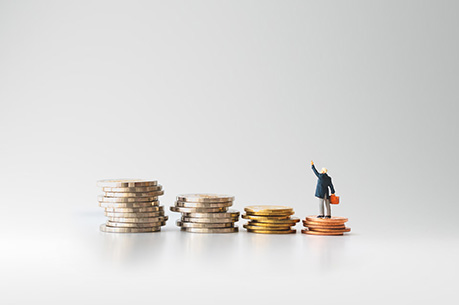
- How does the petty cash system enhance internal control and simplify the tracking of small expenditures, and what role does the cash over and short account play in managing discrepancies?
- Can you explain how the FIFO, LIFO, and average cost methods impact the calculation of cost of goods sold and ending inventory in a periodic inventory system, and why the physical flow of goods does not need to match these costing methods?
- What are the key differences between GAAP and IFRS in terms of asset valuation principles, and how do these differences affect financial reporting consistency?
- Describe the process and accounting implications when a company disposes of a fixed asset, including how gains or losses are determined and their impact on the income statement.
- How are accrued revenues recorded in financial statements, and why is understanding these entries important for adherence to accrual-basis accounting principles?
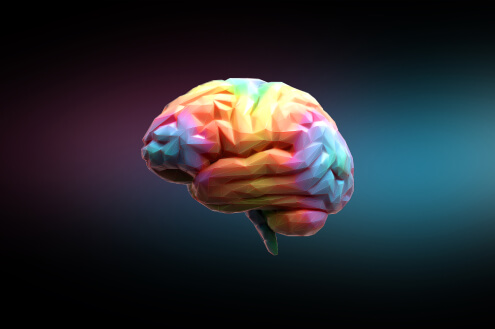
- How do the processes of encoding, storage, and retrieval in the information processing model of memory compare to computer operations, and why are these processes essential for understanding human memory and behavior?
- Can you explain how the circadian rhythm and the different stages of sleep, including REM and NREM, are regulated and how they change throughout the night?
- What roles do the key glands in the endocrine system play in regulating bodily functions, and how do hormones influence energy, behavior, and overall health?
- How does chronic stress affect the immune system through the HPA axis and cortisol levels, and what are the implications for health and illness prevention?
- Describe the hierarchical organization of the brain into the forebrain, midbrain, and hindbrain, and explain how this structure relates to the complexity of brain functions.
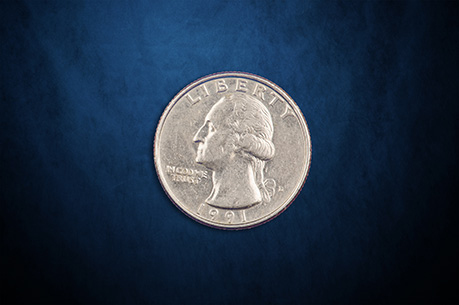
- How does the Herfindahl Hirschman Index (HHI) help in assessing the impact of mergers on market competition, and what are the implications of different HHI values for regulatory scrutiny?
- In what ways do government subsidies affect market equilibrium and resource allocation, and how do price elasticities influence the distribution of subsidy benefits between consumers and producers?
- How does producer surplus change with variations in market price, and what factors contribute to the differences in producer surplus among sellers in both small and large markets?
- What are the main differences between microeconomics and macroeconomics, and how do they each address economic issues related to scarcity and choice?
- What factors contribute to the poverty trap, and how do these factors perpetuate poverty across different demographics and family structures?
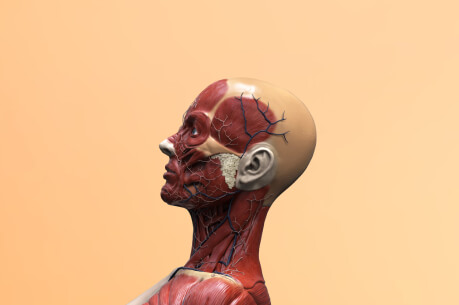
Try AI Tutor
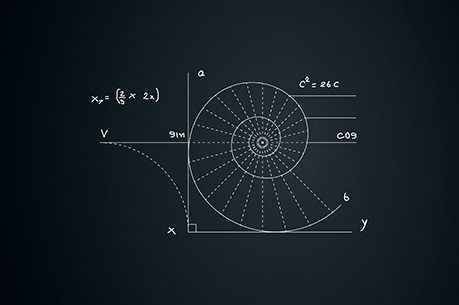
- How do transformations such as shifts and reflections affect the graph of an exponential function like f(x) = 2^x, and what role do the asymptote and intercepts play in understanding its behavior?
- In what ways does the vertex form of a quadratic function, f(x) = a(x-h)^2+k, simplify the process of graphing, and how does it help in identifying the function's vertex, axis of symmetry, and intercepts?
- How do the different types of conic sections, such as circles, ellipses, parabolas, and hyperbolas, arise from slicing a cone, and what are the key characteristics and equations associated with each shape?
- What are the key properties of exponential functions with a constant base, and how do you evaluate these functions for different values of x, including using properties of exponents and calculators for larger exponents?
- How does the focus and directrix of a parabola relate to its vertex and shape, and how does the standard form of a parabola's equation determine the direction in which it opens?
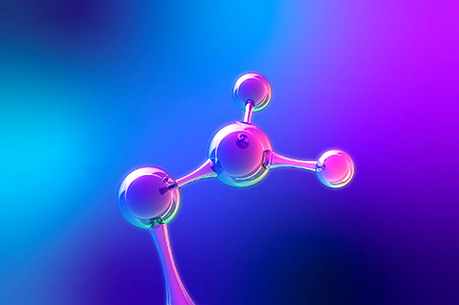
- In the context of benzene reactions, how does the use of sulfonic acid as a blocking group facilitate ortho substitution, and why is it considered a reversible process?
- How does the electron density around protons influence their position on a Proton NMR spectrum, and what information can be derived from the number of signals, chemical shifts, signal height, and spin splitting?
- What are the different types of imine derivatives formed when ammonia derivatives react with carbonyls, and how do the functional groups attached to the nitrogen affect the resulting compound?
- How are monosaccharides classified based on their carbonyl type and carbon chain length, and what role do stereogenic centers play in determining the number of possible stereoisomers?
- What factors affect the optical activity of a chiral molecule, and how does the equation for specific rotation help in quantifying this property using a polarimeter?
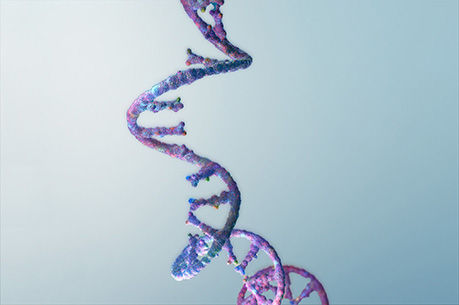
- How do the roles of DNA helicase, DNA polymerase, and DNA ligase contribute to the process of DNA replication, and what mechanisms ensure the accuracy of this process?
- What are the key differences between traditional whole genome sequencing and next-generation sequencing, and how do these methods address the challenges posed by repetitive sequences in genome assembly?
- How does narrow sense heritability differ from broad sense heritability, and why is it particularly important in the context of artificial selection and breeding programs?
- What evidence from Luria and Delbrück's fluctuation test supports the idea that bacterial resistance to bacteriophages is due to spontaneous mutations, and what are some mechanisms that lead to these mutations?
- In what ways do microRNAs (miRNAs) and small interfering RNAs (siRNAs) utilize the RNA interference (RNAi) mechanism to regulate gene expression, and why is this process important for cellular function?
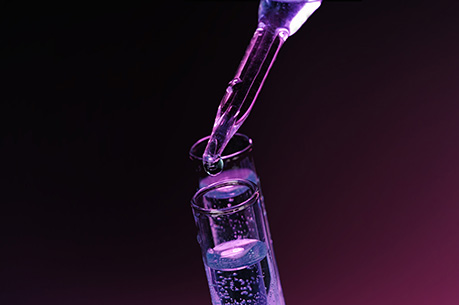
- How do bonding preferences and the octet rule help predict the number of bonds and lone pairs in molecular compounds, particularly for elements in groups 1A to 7A?
- Can you explain the process of autoionization of water and how the ionization constant of water (K<sub>w</sub>) influences the pH and pOH of aqueous solutions?
- What are the two phases of amino acid catabolism in the liver, and how do they contribute to energy production and nitrogen balance in the body?
- How do periodic trends, particularly metallic character, vary across periods and groups in the periodic table, and why is this understanding important for predicting element behavior in chemical reactions?
- How does the ideal gas law relate pressure, volume, moles, and temperature of a gas, and what role do the different values of the gas constant (R) play in solving gas-related problems?
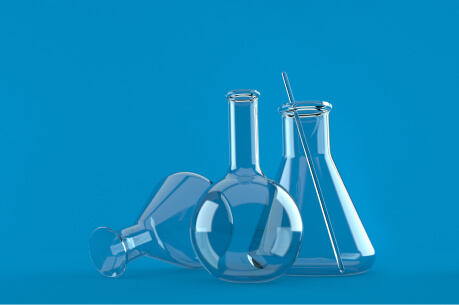
- How can you identify the oxidizing and reducing agents in a redox reaction, and what role does the mnemonic 'LEO the lion goes GER' play in understanding these processes?
- How do periodic trends, particularly metallic character, influence the behavior of elements in chemical reactions, and why is this understanding important for oxidation-reduction processes?
- What are the differences between monoatomic, diatomic, and polyatomic elements, and how do these forms affect the chemical properties and reactions of elements in the periodic table?
- How does the systematic naming of anions using base names like 'hydra' for hydrogen and 'ox' for oxygen help in understanding the composition and properties of ionic compounds?
- What are the different types of molecular equations, and how do they help in understanding the processes and outcomes of reactions such as neutralization, gas-evolution, and precipitation?
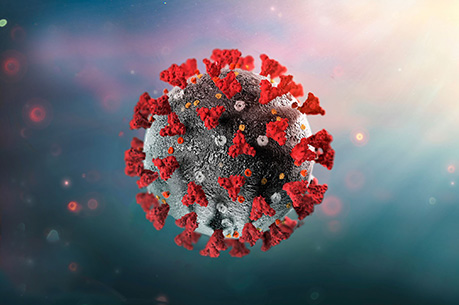
- How do dideoxynucleotides (ddNTPs) function in DNA sequencing, and why are they crucial for the termination of DNA synthesis during the sequencing process?
- What evidence supports the endosymbiotic theory, and how do mitochondria and chloroplasts demonstrate characteristics of their prokaryotic ancestors?
- Can you describe the structure and significance of the seven key functional groups in biomolecules, and explain why it is important to memorize them for understanding biological processes?
- What is the process of antibody class switching in B cells, and how does it ensure that different classes of antibodies can be produced while maintaining specificity for the same antigen?
- What are the differences between substrate-level phosphorylation and oxidative phosphorylation in aerobic cellular respiration, and how do these processes contribute to ATP production?
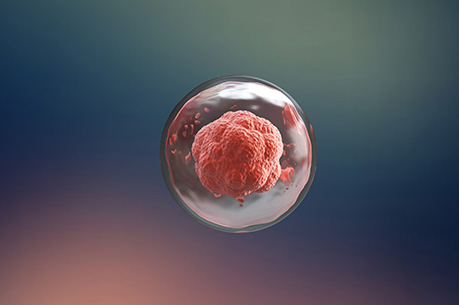
- How do epigenetic modifications like histone methylation and acetylation influence gene expression, and what role do they play in phenomena such as genomic imprinting and X inactivation?
- Can you explain Mendel's laws of segregation and independent assortment, and how these principles contribute to genetic variation in offspring?
- What roles do ATP, NADH, and NADPH play in cellular metabolism, and how do they facilitate energy transfer and biochemical reactions within the cell?
- How did the experiments by Oswald Avery, Hershey and Chase, and Watson and Crick contribute to the understanding of DNA as the genetic material, and what was the significance of these discoveries?
- What are the key phases of the cell cycle, and how do checkpoints like G1 and G2 ensure proper cell division and prevent issues such as cancer?
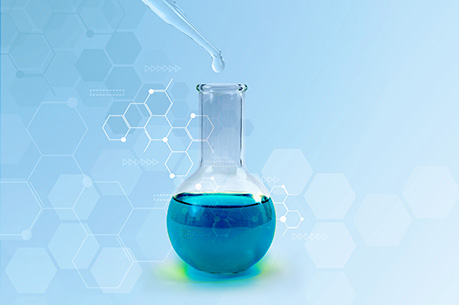
- How does the Henderson-Hasselbalch equation apply to polyprotic buffers, and why is it important for calculating pH in systems like citric acid?
- What role do the mean and standard deviation play in shaping the Gaussian distribution, and how do changes in these parameters affect the curve's appearance and data analysis?
- In the titration of a diprotic acid, how do the equivalence points and the Henderson-Hasselbalch equation contribute to understanding the pH changes throughout the reaction?
- How do different types of ligands, such as monodentate, bidentate, and polydentate, interact with metal ions to form stable complexes, and what is the significance of the chelate effect in coordination chemistry?
- What conditions must be met for a reaction to be spontaneous in terms of Gibbs free energy, entropy, and the equilibrium constant, and how does the equation ΔG = ΔH - TΔS relate these concepts?

- How can you determine if two angles are coterminal, and why is understanding coterminal angles important for graphing and analyzing angles?
- What steps would you take to calculate the area of a non-right triangle, and how does the law of sines assist in this process?
- How do you convert a complex number from rectangular form to polar form, and why is this conversion useful when working with complex numbers?
- In what scenarios would you use the law of cosines instead of the law of sines, and how does it help in solving triangles with given side lengths and angles?
- What is the process for solving trigonometric equations like sin(θ) = 1/2 on the unit circle, and how do you find all possible solutions for unrestricted domains?
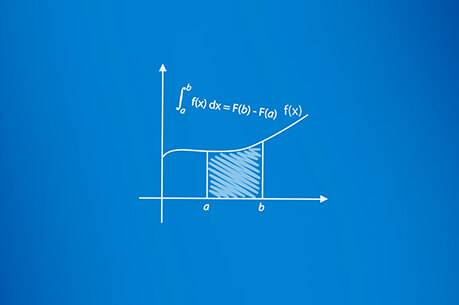
- How do transformations such as reflections, shifts, and stretches affect the domain and range of a function, and why is understanding these transformations important for analyzing a function's behavior?
- What are the differences between conditional, identity, and inconsistent linear equations, and how does understanding these differences enhance your problem-solving skills in mathematics?
- How do the properties of logarithmic functions, such as their domain, range, and transformations, relate to their inverse relationship with exponential functions?
- How do operations with complex numbers, including the use of complex conjugates, facilitate calculations, and why is this understanding crucial for further applications in mathematics?
- In what scenarios is the law of cosines preferred over the law of sines, and how does its application ensure accuracy in solving triangles, particularly in SAS and SSS cases?

- How can you determine if a function is continuous at a point c, and what are the different types of discontinuities that might occur in rational and piecewise functions?
- What strategies can you use to solve exponential equations when the bases are different, and how do logarithms play a role in this process?
- How do inverse trigonometric functions help in finding angles for specific values, and what is the importance of understanding the defined intervals for these functions?
- What are the key characteristics of exponential functions, and how does the base e play a role in real-world applications such as compounding interest and modeling growth?
- What methods can be used to find the limits of functions when direct substitution results in an indeterminate form, and why is understanding these methods important for mastering calculus concepts?

- How do the transformations of functions, such as reflections, shifts, and stretches, affect the function's graph and notation, and why is understanding these transformations important for analyzing function behavior?
- What are the rules for finding the derivatives of exponential and logarithmic functions, and how do these rules apply to the natural exponential function and logarithmic functions with different bases?
- Can you explain how the product rule and quotient rule are used to find the derivatives of functions that are multiplied or divided, and why mastering these rules is essential for calculus proficiency?
- What conditions must be met for a function to be continuous at a point, and how do different types of discontinuities, such as holes, jumps, and asymptotes, affect the analysis of rational and piecewise functions?
- How do the domains and ranges of common functions like constant, identity, square, and cube functions differ, and why is the slope-intercept form important for graphing linear equations and understanding quadratic and polynomial functions?

- How does the median differ from the mean in terms of resistance to outliers, and why might the median be a more appropriate measure of center in skewed distributions?
- What are the steps to compute a five-number summary using a TI-84 calculator, and how do the mean, median, standard deviation, and quartiles help in understanding the distribution of a dataset?
- Can you explain the difference between a population and a sample in statistics, and how do parameters and statistics relate to these concepts?
- How is the probability of an event's complement calculated, and why does the sum of the probabilities of an event and its complement always equal one?
- What is a confidence interval, and how does the confidence level and margin of error contribute to the interpretation of a population parameter?

- How do the functions 'normalcdf' and 'invNorm' on a TI-84 calculator assist in finding probabilities and z-scores, and why is understanding these functions important for statistical analysis?
- What defines independent events in probability, and how is the probability of multiple independent events occurring calculated?
- How is a confidence interval for a population mean constructed, and what role does the margin of error play in determining the range of the interval?
- What is the significance of the sample proportion in binomial experiments, and how do its mean and standard deviation contribute to the approximation of a binomial distribution by a normal distribution?
- How does the fundamental counting principle help in determining the total number of possible outcomes in scenarios with multiple choices, and can you provide an example to illustrate this?
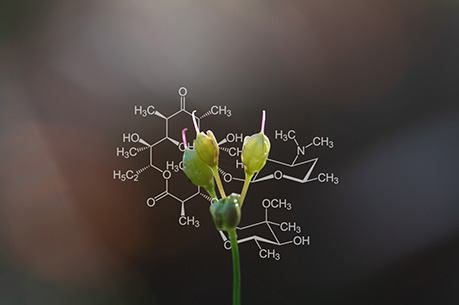
- How does the pentose phosphate pathway differ from glycolysis in terms of glucose oxidation, and what roles do NADPH and ribulose 5-phosphate play in cellular metabolism?
- What is the role of a semipermeable membrane in the dialysis process during protein purification, and why is it important to maintain low salt concentrations?
- How do the structural differences between purines and pyrimidines affect the composition of nucleic acids, and why is the unique numbering of carbons in nucleotides significant for their function?
- What are the key differences between glycolysis and gluconeogenesis in terms of enzyme usage and energy consumption, and how is metabolic regulation achieved to prevent futile cycles?
- What are the structural differences between glycerophospholipids and sphingolipids, and how do these differences affect their roles in biological membranes?
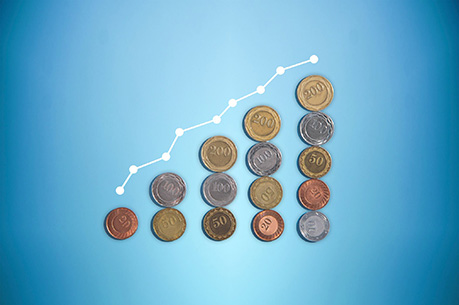
- How does the multiplier effect in a private closed economy amplify the impact of changes in autonomous spending or investment on GDP, and why is this significant during economic recessions?
- What are the key factors that can cause a shift in the supply curve, and how do these factors individually affect the supply of a product?
- In what ways can the Consumer Price Index (CPI) overstate inflation, and how do biases such as substitution, quality, new product, and outlet biases contribute to this overstatement?
- Explain the relationship between savings and investment in both closed and open economies, and how does the inclusion of net exports in an open economy alter this relationship?
- Describe how market equilibrium is achieved and maintained, and what mechanisms are in place to correct surpluses and shortages according to the law of supply and demand.

- Can you explain the different types of stress (eustress, distress, and neustress), and describe how acute and chronic stress can impact overall health?
- Why is regular exercise important for health, and what are the key recommendations from the 2018 Physical Activity Guidelines for adults?
- How do accountability, self-nurturance, and communication contribute to healthy relationships, and what does Sternberg's triangular theory of love reveal about the different types of love?
- What are the modifiable and non-modifiable determinants of health, and how do social and policy factors influence individual and community well-being?
- How does the energy balance equation relate to weight management, and what roles do physical activity and healthy diet plans play in preventing chronic diseases?

- Explain the roles of zinc, selenium, manganese, chromium, and molybdenum in the body, and discuss why both deficiency and over-supplementation of these trace minerals can be problematic.
- How do you calculate the total calorie content of a food item based on its macronutrient composition, and why is it important to understand the difference between a 'calorie' and a 'Calorie' (kilocalorie)?
- Compare and contrast type 1 and type 2 diabetes in terms of their causes, how they affect insulin in the body, and the general approaches to managing each type.
- What are the key differences between Registered Dietitian Nutritionists (RDNs), Licensed Dietitian Nutritionists (LDNs), and general 'nutritionists,' and why is it important to seek nutrition advice from qualified professionals?
- Describe the functions of fluoride and iodine in the body, their main dietary sources, and the health consequences of both deficiency and excess intake for each mineral.
Frequently asked questions
- The Pearson Channels AI Tutor is an intelligent study assistant that provides personalized, interactive help across subjects like Biology, Chemistry and Physics. It offers expert guidance, step-by-step solutions, video explanations, and tailored feedback to match your learning style.
- The AI Tutor adapts to your questions, pace, and understanding level. Whether you're reviewing concepts, solving problems, or preparing for an exam, it adjusts explanations to help you learn in the way that works best for you.
- Yes! The AI Tutor can walk you through textbook questions from your course, offer detailed explanations, and help you understand each step — not just give you the answer.
- You’ll get interactive text responses, video answers, and short video lessons from real experts. The tutor explains complex topics in a simple, approachable way to make studying less overwhelming.